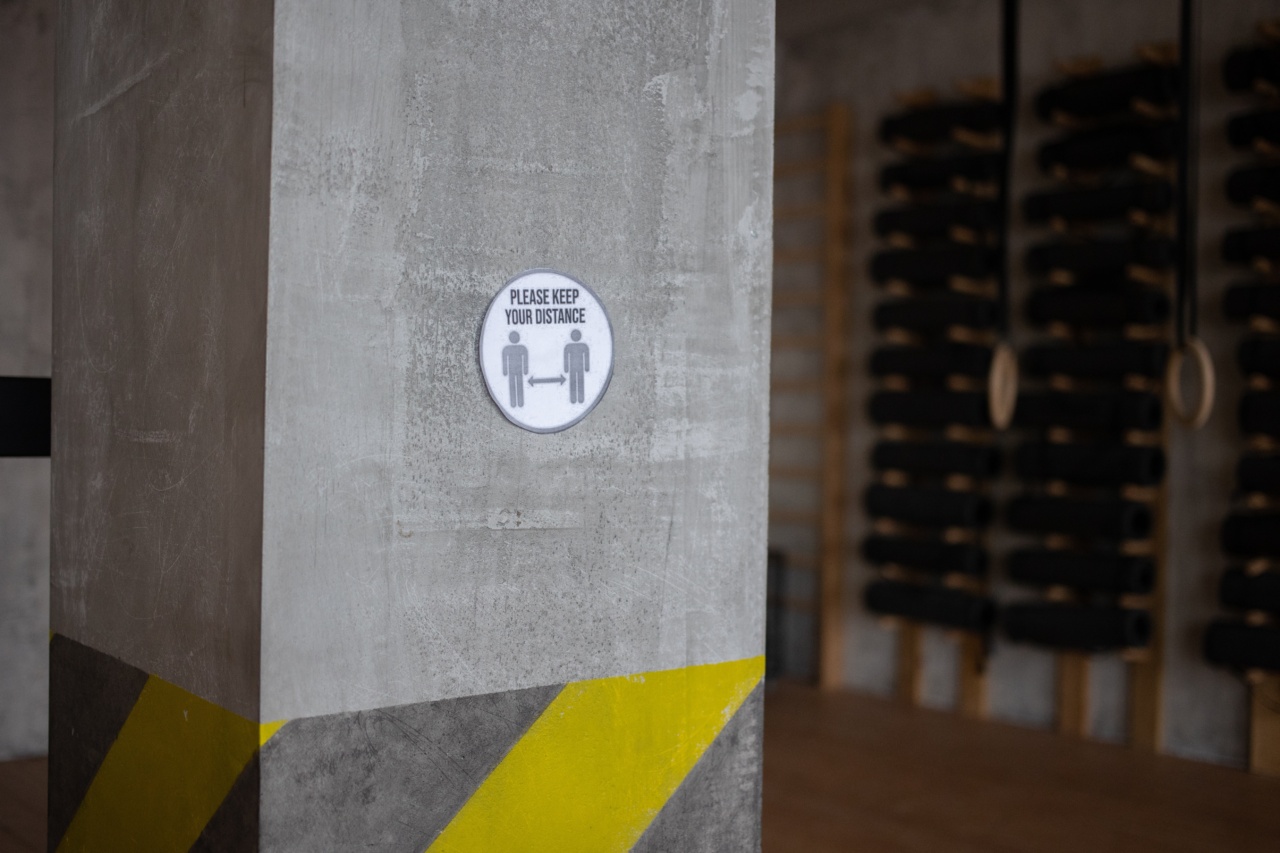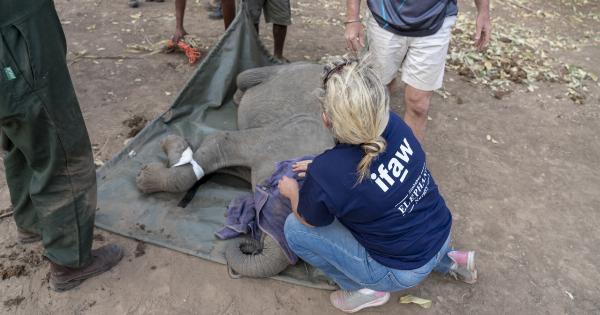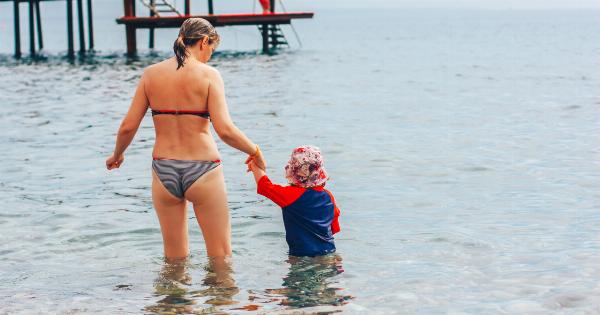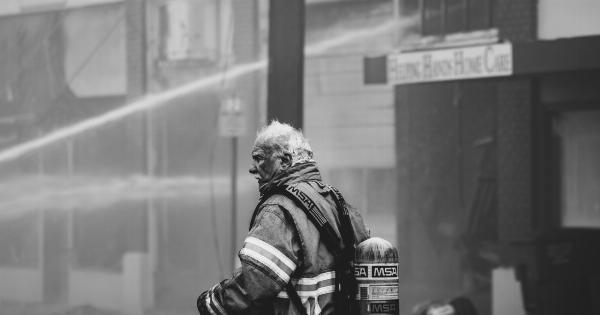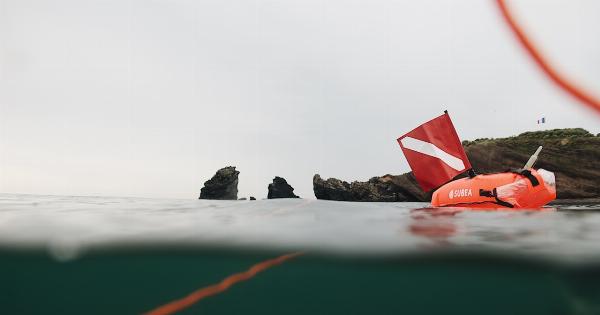Secondary drowning is a rare but potentially life-threatening condition that can occur after a person inhales water through the nose or mouth. It may not present immediate symptoms, making it difficult to recognize and prevent.
Understanding the signs of secondary drowning and knowing how to respond in such situations can be critical in saving a life.
Understanding Secondary Drowning
Secondary drowning, also known as delayed drowning or dry drowning, happens when water enters the lungs and causes inflammation or swelling, leading to difficulty in breathing.
This condition can occur even hours after leaving the water and can be especially dangerous for young children.
Recognizing the Signs
Recognizing the signs of secondary drowning is essential for early intervention. Be vigilant if someone, especially a child, has experienced a near-drowning incident. Even if the person seems fine initially, watch for the following symptoms:.
1. Persistent Coughing
A persistent cough after being in the water might suggest that some water entered the lungs. While coughing is a normal response to clear the airways, ongoing coughing could indicate secondary drowning.
2. Difficulty Breathing
Rapid or labored breathing, shortness of breath, or wheezing can indicate that water has caused irritation or swelling in the lungs.
3. Chest Pain
If the person complains of chest pain, it could be a sign of lung irritation caused by water inhalation. This symptom should never be ignored or dismissed as mere muscle soreness.
4. Fatigue or Lethargy
Feeling excessively tired, sluggish, or abnormally sleepy after being in the water may indicate secondary drowning. The body’s struggle to oxygenate can lead to fatigue.
5. Changes in Behavior
Observe for sudden changes in behavior, such as irritability, confusion, or a decline in alertness. These alterations may suggest that oxygen levels are compromised due to secondary drowning.
6. Bluish Lips or Skin
If the person’s lips or skin take on a bluish hue, it signifies a lack of oxygen in the body. Seek immediate medical attention if this symptom occurs.
7. Vomiting
Vomiting is the body’s way of expelling water that has entered the lungs. Persistent or unexplained vomiting should be taken seriously.
8. Hyponatremia Symptoms
Sodium levels in the body can be diluted by the inhalation of large amounts of water. Symptoms of hyponatremia, such as nausea, headache, confusion, seizures, or even loss of consciousness, might develop.
9. Increased Heart Rate
An unusually fast heartbeat can be a sign that the body is struggling due to lack of oxygen.
10. Difficulty Speaking
If the person experiences difficulty speaking or expresses a “gurgling” sound while trying to talk, it indicates possible fluid in the lungs.
Preventing Secondary Drowning
While secondary drowning is uncommon, taking precautions can significantly reduce the risks. Here are some preventive measures:.
1. Supervision
Always closely supervise children when they are in or near water, regardless of their swimming abilities. Never leave them unattended, even for a moment.
2. Teach Water Safety
Ensure that children understand basic water safety rules, such as not diving into unfamiliar or shallow water, not running near pools, and staying away from drains or suction outlets.
3. Use Life Jackets
Make sure children wear properly fitting life jackets while participating in water activities. This applies to weak or non-swimmers, as well as when on boats or near open bodies of water.
4. Educate on Breath Control
Teach children appropriate breath control techniques, emphasizing the importance of never inhaling through the nose while underwater.
5. Drain Safety
Ensure all pools, hot tubs, and water play areas have appropriate drain covers to prevent entrapment. Regularly check that these safety measures are in good working condition.
6. Pool Fence
Install a four-sided fence around home pools, with self-closing and self-latching gates. This physical barrier can help prevent unsupervised access to the water.
7. CPR Training
Learn cardiopulmonary resuscitation (CPR) techniques so you can provide immediate assistance in case of any water-related emergencies. Prompt CPR can significantly increase the chances of survival.
8. Avoid Alcohol
Avoid consuming alcohol or any substance that impairs judgment when around bodies of water. Impairment can reduce the ability to take appropriate safety precautions.
9. Know the Weather
Pay attention to weather forecasts, especially when planning activities near water. Avoid swimming or engaging in water sports during storms, heavy rain, or strong winds.
10. Regular Pool Maintenance
Keep pool water clean and maintained regularly to prevent any hazards. Proper chemical levels and filtration ensure a safe environment for swimming.
By following these preventive measures and staying vigilant, the risks of secondary drowning can be significantly minimized, ensuring the safety of everyone enjoying water activities.
